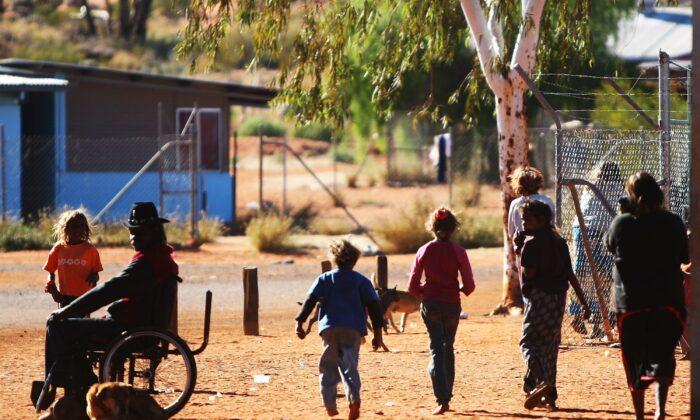The Rolling Stones were wrong.
You can always get what you want. If you are patient, and the taxpayer foots the bill, and you forum shop. So it was with a recent native title “victory” at the High Court of Australia.
The Court has just overturned a decision of the full court of the Federal Court of Australia.
Imagine fighting all the way to the High Court of Australia (the highest legal judicial body in Australia).
First the Federal Court, then appealing to a full bench of the Federal Court, and then to the High Court. The time and the cost to Australian taxpayers are enormous. And for what?
A Complex Series of Events
The key was whether native title holders had access to one “notification, objection, and consultation procedure” under the Native Title Act or another procedure under the same Act.It was either the same procedural rights as the holders of “ordinary title” land or additional procedural rights to object to the future act and have those objections heard by an “independent person.”
If that wasn’t sufficiently indulgent, the applicants were already entitled to processes under the Mineral Titles Act 2010 (NT)—a right to negotiate procedure, and a right to be heard at the Northern Territory Civil and Administrative Tribunal, or have an Indigenous Land Use Agreement (ILUA).
Indeed, an ILUA was commenced in 2021 before the appeal to the full court of the Federal Court.
The decision by the High Court relates to one set of facts about what constitutes a mining operation. This may or may not provide a guide to any other disputes between native title holders and miners.
At the outset, there were six families involved in discussions on the mine. Three families were not directly affected but have now been drawn into the ILUA. The context is important. There are no other major economic bases in the region. The mine and associated works are it. Twenty-three percent of the workforce are Aboriginal.
Further, native title holders at the Macarthur River in the Northern Territory wanted a say over a new tailings dam associated with the mining and transhipment of zinc-lead-silver ore. Fair enough.
The McArthur River Project ore concentrate must travel 120 kilometres by road to the “Bing Bong” loading facility located on the Gulf of Carpentaria. It is loaded onto a bulk-carrier vessel for transhipment to larger ocean-going ships.
This part of the Gulf is shallow, and the bulk carrier must use a navigation channel, which needs to be maintained by regular dredging. The resulting dredged sediment is pumped onshore to a Dredge Spoil Emplacement Area, which has been filling up. In 2013, Mt Isa Mines applied for a new mineral lease under the Mineral Titles Act 2010 (NT) to construct a new area on a pastoral lease near the Bing Bong loading facility.
The Northern Land Council sought to prevent the issue of the minerals lease and a declaration that the proposed grant of the lease was invalid, because the procedures under their preferred section of the Native Title Act had not been followed.
The High Court ordered that the Northern Territory minister be restrained from deciding the application for the future act until the completion of the procedures under the Native Title Act. The High Court had to decide that besides freeholder rights, the native title claimants had a right to object under native title. It seems they did.
For Whom Is This a Victory?
The Northern Land Council (NLC) hoped this decision would prompt the mining company to “engage proactively and in good faith with the native title holders, through their … legal representatives, to obtain free, prior and informed consent before further disturbing their native title.”There is no evidence it did not, but it probably spoke to the native title holders in preference to the NLC and its lawyers.
The term “free, prior, and informed” is taken from the UN Declaration on the Rights of Indigenous Peoples.
This is the real agenda: further elaboration of rights and expanding power to extract more rent from mining. If Aborigines keep playing this rent-seeker game, they will never escape poverty, and the culture that holds them in a state of dependence on public servants and land councils will remain.







